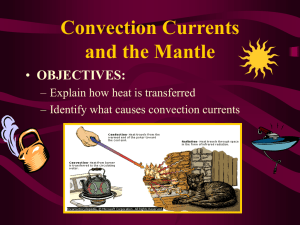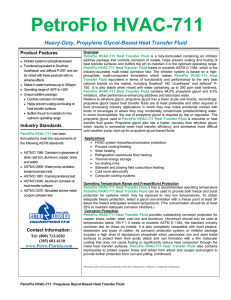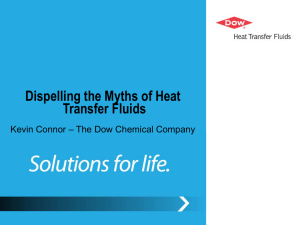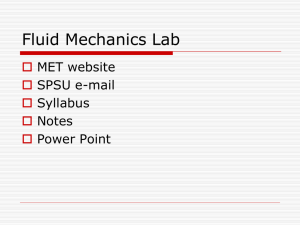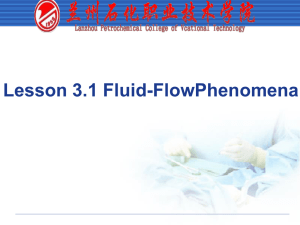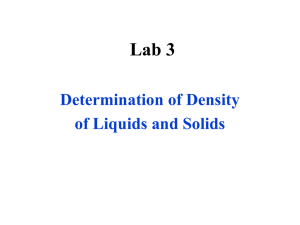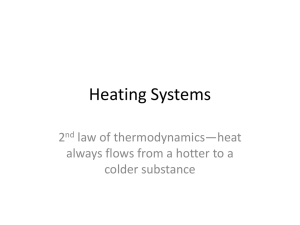HX-Presentation PPT - Green Way Solutions
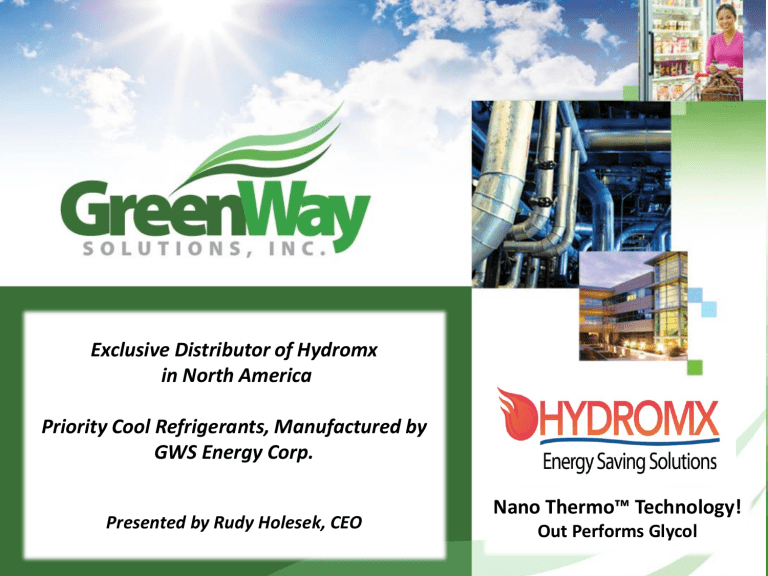
Exclusive Distributor of Hydromx in North America
Priority Cool Refrigerants, Manufactured by
GWS Energy Corp.
Presented by Rudy Holesek, CEO
Nano Thermo™ Technology!
Out Performs Glycol
What is Hydromx?
Hydromx is a revolutionary organic heat transfer fluid that contains cutting-edge
Nano Thermo™ Technology. Hydromx replaces water in closed loop hydronic heating, cooling, geo-thermal and hydronic solar systems. HX has an operating range between -30° F. and 250° F., and has been tested down to -109° F. and did not solidify or burst!
Actual dry ice freeze test images with type “L” copper
This wide operating temperature range makes HX ideal for a replacement fluid in systems that currently use ethylene or propylene glycol. HX has been tested and proven to reduce energy costs and increase heat transfer by as much as
35%. Testing of HX was performed under strict laboratory conditions and realworld applications.
Nano Thermo™ Technology
Is water the best option for transferring heat?
Water is a logical choice for the heat transfer fluid in a Hydronic system - it is easy to obtain, relatively inexpensive and non-hazardous. However, it has a freezing point that is above the minimum temperatures frequently encountered and it also causes corrosion within the hydronic system over the long term – unless treated with an inhibitor, at additional cost.
One of the characteristics of water is the fact that it conducts heat quite effectively. However, there are a many other substances that perform a lot better. A prime example is metal. The thermal conductivity of copper, for example, is more than 600 times better than water! If a frost inhibitor (such as glycol) is added to water, this makes the heat transfer efficiency of the system even lower, as the thermal conductivity of glycol can be less than half that of water, depending on the concentration.
So, in simple terms, we would expect our hydronic system to work more efficiently if the heat transfer fluid behaved more like a metal than water alone.
Nano Fluid Research
Engineers have been working for decades to develop more efficient heat transfer fluids for use in car motors and industrial equipment. Improved oils and coolants would make possible more efficient engines. Such engines would be smaller and less expensive, and their lower fuel demands and emissions would do less damage to our environment.
Now, by manipulating atoms on the smallest of scales,
Scientists have created a next-generation fluid that may revolutionize heat transfer. By adding tiny spherical particles to a conventional fluid, researchers can improve by up to 40 percent its ability to transfer heat.
“Tiny” means no larger than a few nanometers — billionths of a meter. Steve Choi of Argonne’s Energy Technology Division and Jeff Eastman of the Materials Science Division developed
These Nano fluids. They are made by suspending materials like copper or copper oxide in liquids such as water or ethylene glycol.
Steve Choi (left) and Jeff
Eastman are working with industry to improve the
understanding of nanofluids.
What is Heat Transfer?
We have learned that heat (energy) is transferred by Conduction, Convection and Radiation. Heat transfer always occurs from a region of high temperature to a region of lower temperature. The two principal methods we rely on in hydronic system efficiency is conduction and convection.
Conduction is heat transfer through a boundary between two systems.
Convection is heat transfer within a fluid. There are two types of convection,
“free” and “forced”. HX increases heat transfer by improving “free” convection.
Simple example of the three heat transfer methods.
What is Heat Transfer, Continued
Forced convection happens when the fluid is moving due to some outside force, like a pump or a fan. Free convection happens when heat is transferred in a still fluid, and the heating of part of a fluid causes motion in a fluid. The increase in heat transfer above water can be readily seen with our Hydromx demonstration unit.
The increased heat transfer using Hydromx is because of increased thermal conductivity. Getting the heat from the source faster and more efficiently will shorten the runtime of the source whether it is a boiler or a chiller.
We can expect the same performance when it comes to heat rejection. For example improving dry cooler and heat exchanger performance through increased heat transfer.
The bottom line? Any time we need to transfer heat from one place to another using a liquid, Hydromx will outperform all other fluids on the market today!
How Does Hydromx Work?
The transfer of heat occurs in two places in any heating system.
Initially, heat is transferred to a fluid, usually water, in a boiler. That boiler may use natural gas, propane, fuel oil or electric as a fuel.
That heat, or energy, transferred to the fluid is circulated to an output device or system. That device or system can be either hot water coils, convectors, baseboard radiators or a radiant heat panel.
The second point of transfer is from the output device or system to the area which it heats. That area can be a room, a entire building or perhaps a snow melt system.
The goal is to create the same comfort level or the same system performance using less energy. Hydromx meets this challenge!
Hydromx has out performed every fluid in laboratory tests and realworld applications.
Fouling and Corrosion Protection.
Fouling on heat transfer surfaces causes poor system performance and high energy costs.
Corrosion in heating and cooling systems is damaging, as much if not more, than scaling. The results of corrosion can be very expensive having to replace piping, pumps and coils.
HX contains natural anti-fouling and corrosion inhibitors eliminating the need for expensive conventional water treatment.
Actual clogged pipe images caused by no water treatment!
Freeze/Burst Protection.
HX, used in any closed loop hydronic heating, cooling, solar or geo-thermal system, will provide freeze and more importantly, burst protection down to
-30°F.
HX provides this valuable protection with no energy penalty as in propylene glycol.
Hydromx will perform up to four times as long as propylene glycol.
Hydromx withstood a dry ice test at
-109° F. for 48 hours and did not burst!
The Hydromx Advantage
Freeze protection to -30 ° F., burst protection down to -109 ° F.
Nano particles will not settle out of solution or agglomerate.
Corrosion and fouling protection. Tested under ASTM D-1384 procedures.
Lasts up to 4 times longer that glycol, and is recyclable.
Increases heat transfer up to 35%. Completely miscible with water.
Saves energy, and reduces carbon footprint.
Hydromx is red in color dye to aid in locating leaks.
ROI less than 3 years in most cases .
Green Way Opportunities
Green Way Solutions is expanding throughout North America.
Ask us about the following!
Manufacturer’s Rep Opportunities
Distributorship Opportunities
Dealer Opportunities
OEM Opportunities
Green Way Solutions’ Offices
Executive Offices
225 North Fehrway
Bay Shore, New York 11706
631-392-4646 www.Greenwaysolutionsco.com
Product Research Lab
Long Island High Technology Incubator
Stony Brook University Research Center
25 Health Sciences Drive
Stony Brook, New York 11790
Hydromx Training Center
1580 Lakeland Avenue
Bohemia, New York 11716
Hydromx Warehouse Facility
229 North Fehrway
Bay Shore, New York 11706
